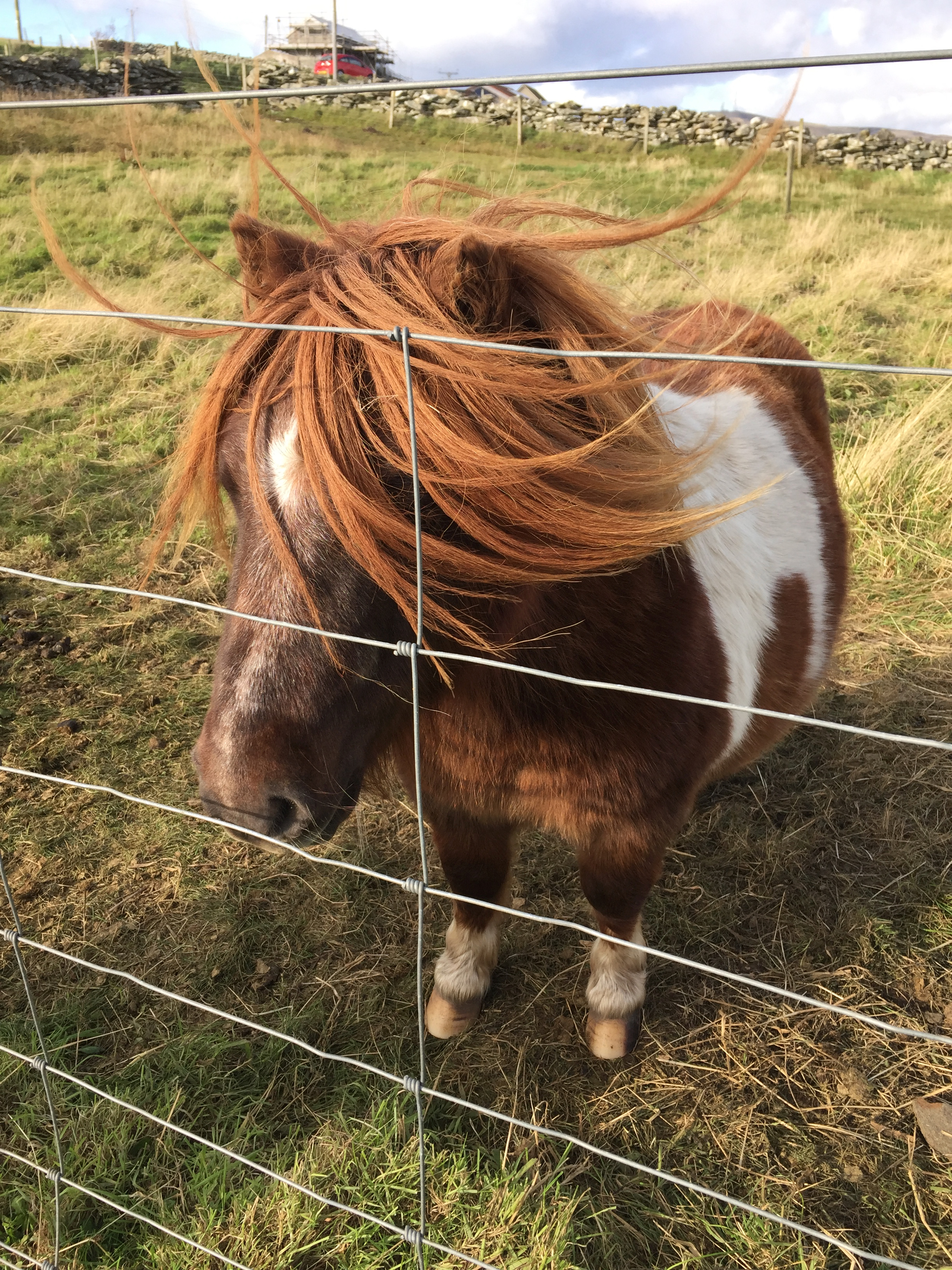“ I love the notion of performed spontaneity, in that it gets at the fact that what seems natural, or improvisational, is still a product of decision making, and still leads to a consciously made thing—a mechanical nightingale rather than the real bird that happens to fly in the window.” Diane Seuss interview with Jesse Nathan …
Category Archives: Special Report
Fragment — August 2023
for a moonthat spins slowlyand echoes our fugitive secrets lwh
My Life As Your Car Keys
My Life as Your Car Keys You felt in your pocket I wasn’t there You checked your coat I wasn’t there You asked the guy next to you I had been in the corner You asked the girl in the corner I had been in someone else’s hand
Shetland Islands/Wool Week 2019
In September of 2019 I joined my sister Beth for Wool Week in the Shetland Islands. These are the places that we went and the things we saw. (Click through the galleries for more information in the picture descriptions.) Lerwick Lerwick is the capitol city of Shetland. We stayed in an apartment just up the …
Letter Home — 29 Jan, 2019
“I never could get the hang of Thursday” Arthur Dent Thursday is easy. It is preceded by Wednesday and followed by Friday. Wednesday is the pivot point of the week. The day of looking forward to the work I have to do and looking back to see how much of my to-do list I have …
